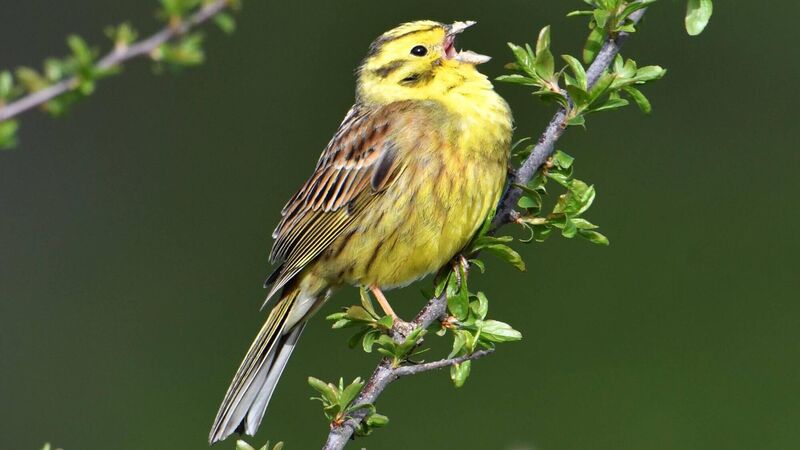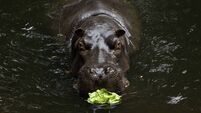Anja Murray: New farm rules pose extinction risk to threatened farmland birds

Yellowhammer has declined by an estimated 58% over the past 20 years. It is now a Red Listed species, categorised in the highest level of conservation concern. Picture: Richard T Mills
Yellowhammers are stunning little birds. Their bright yellow plumage makes the males stand out in summer, vivid like no other bird here. In winter, males develop duller plumage though they are still noticeably yellow. In spring and summer they sing loudly from a perch in the top of a tree or hedgerow, a distinctive call that people say sounds like ‘a little bit of bread and no cheese’.
Yellowhammers were once a widespread and familiar farmland bird, thriving among the plentiful resources of mixed farms. In autumn and winter, they eat the seed heads of large grasses and grains that get fortuitously scattered the among the cereal stubble in arable fields. In summer, when feeding a brood of chicks, yellowhammers eat insects too, though for most of the year they are sustained by grains.







